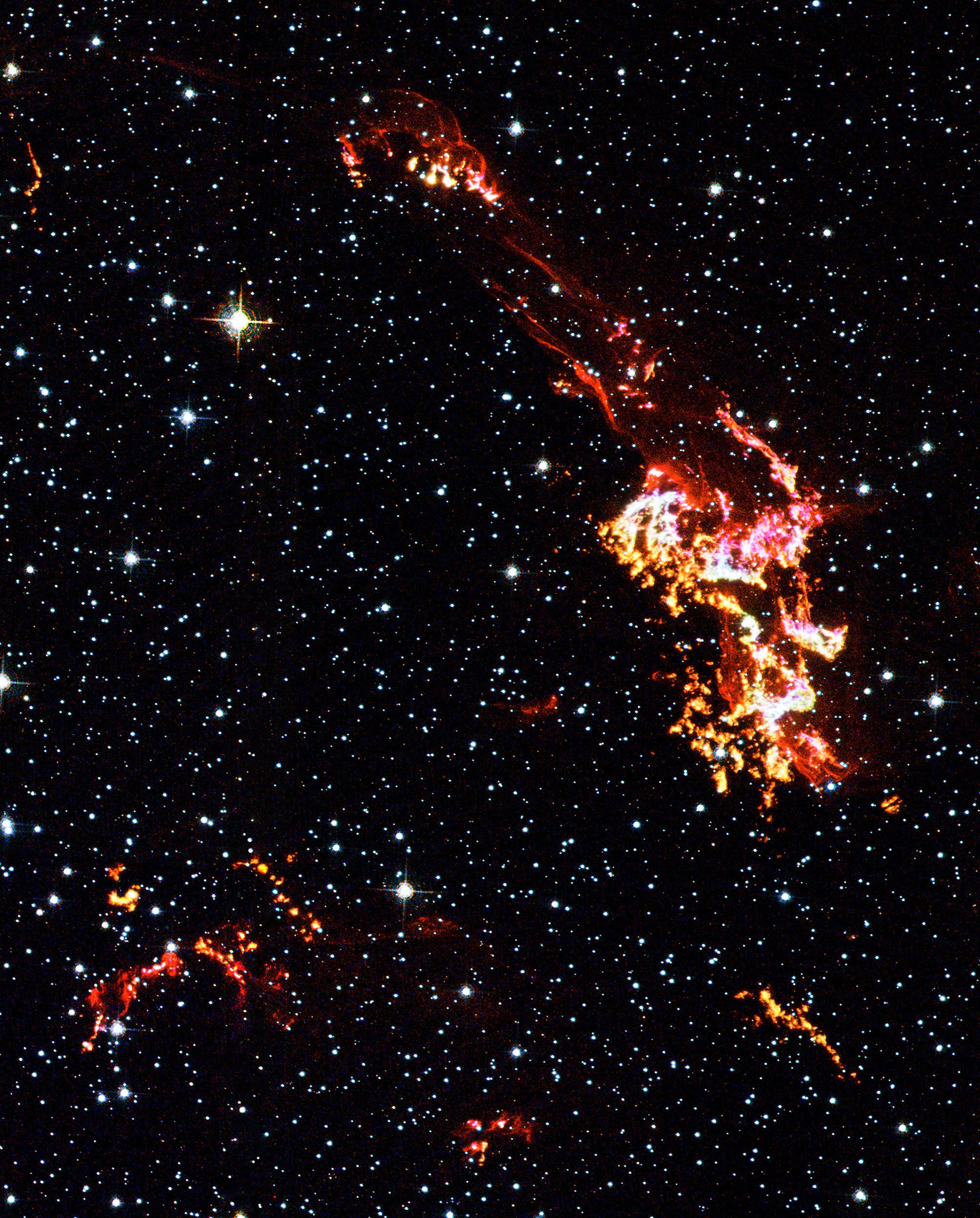
The time for visually observing Kepler’s Supernova (CTB 41) passed nearly 420 years ago. In 1604, Kepler’s Star was the last supernova in our galaxy visible to the naked eye. Tycho’s Star, another Milky Way supernova, was in 1572, only 32 years earlier.
Despite its name, Johannes Kepler didn’t discover it. The observer Lodovico delle Colombe noted it on Oct. 9, 1604. Kepler didn’t see De Stella Nova, as he called it, until the 17th, when it blazed to magnitude –2.5 in Ophiuchus and was visible in the daytime for several weeks. He made meticulous observations over the course of a year until it faded from naked-eye visibility. His observations were published in 1606 in De stella nova in pede serpentarii (On the new star in Ophiuchus’ foot).
The progenitor star in this type Ia supernova is thought to have been closer than 20,000 light-years, located near the edge of the nearby dark nebula complex Barnard 268–270 (which somewhat resembles Snoopy from Peanuts). If this supernova had been a half-degree east, it might have remained invisible, all light blocked by these dust clouds.
Today, the supernova remnant is very bright at radio and X-ray wavelengths. But it’s not a younger version of the famous Crab Nebula (M1) in Taurus. The Crab was created by the type II supernova blast resulting from the death of a single massive star, and observationally doesn’t look the same. By contrast, type Ia supernovae like Kepler’s occur when a white dwarf in a binary system siphons material from its companion until a runaway thermonuclear reaction causes the white dwarf to explode. Some filaments were noted in 1941, when astronomers discovered the remnant associated with the blast, now glowing at 19th magnitude.









